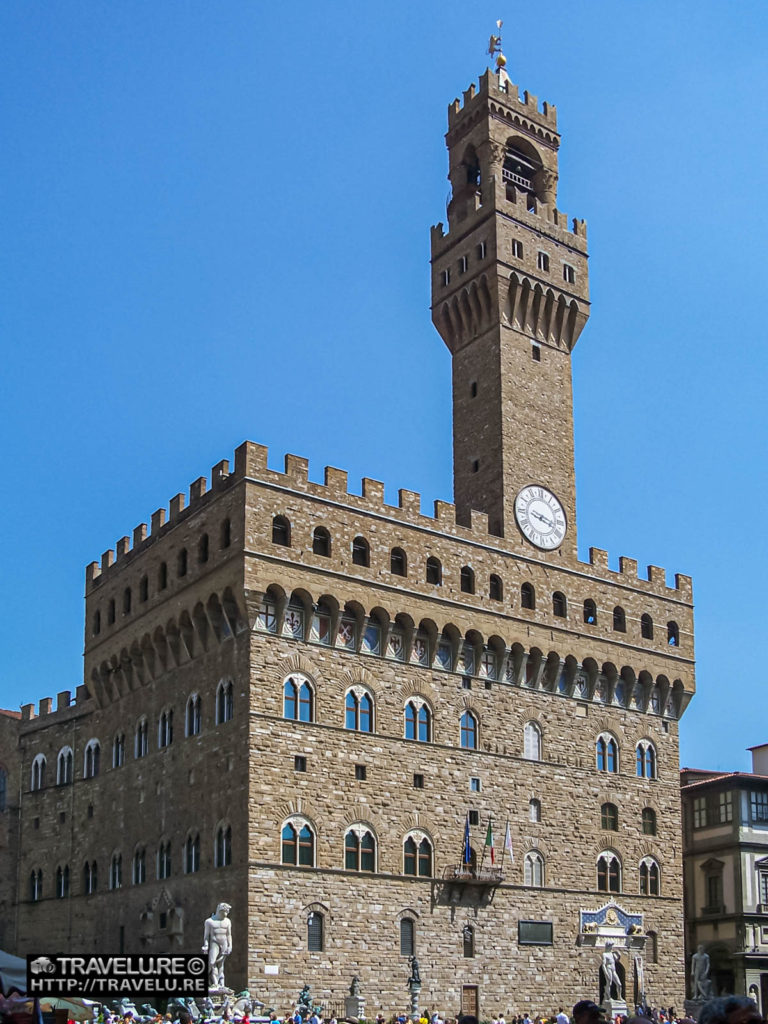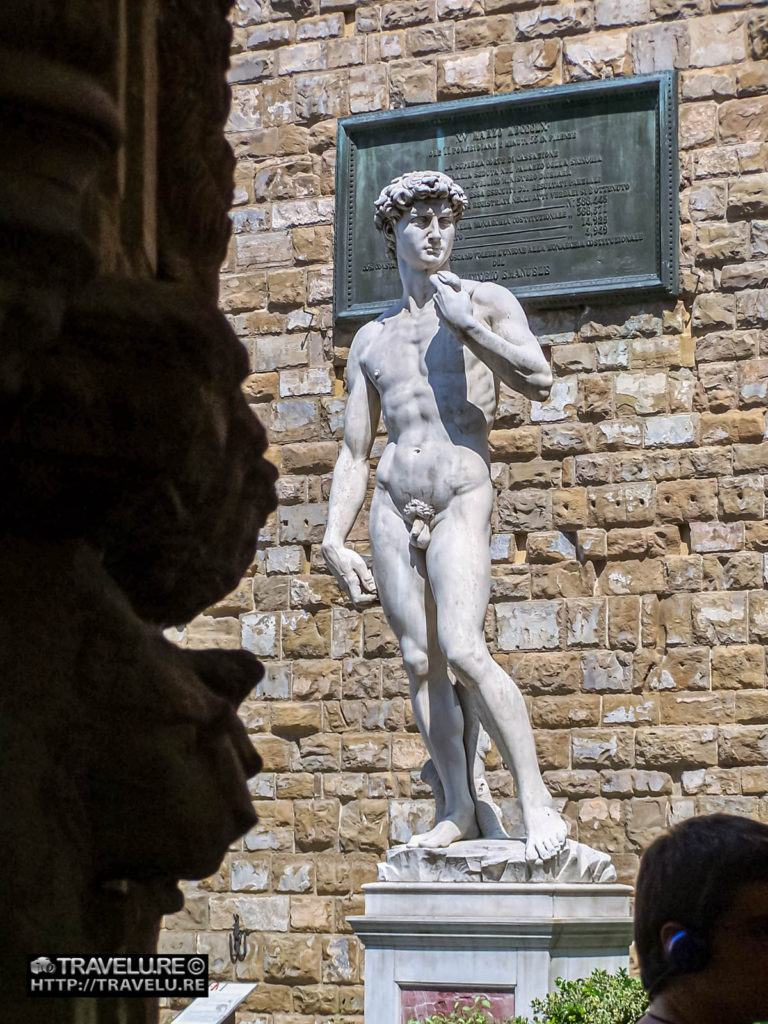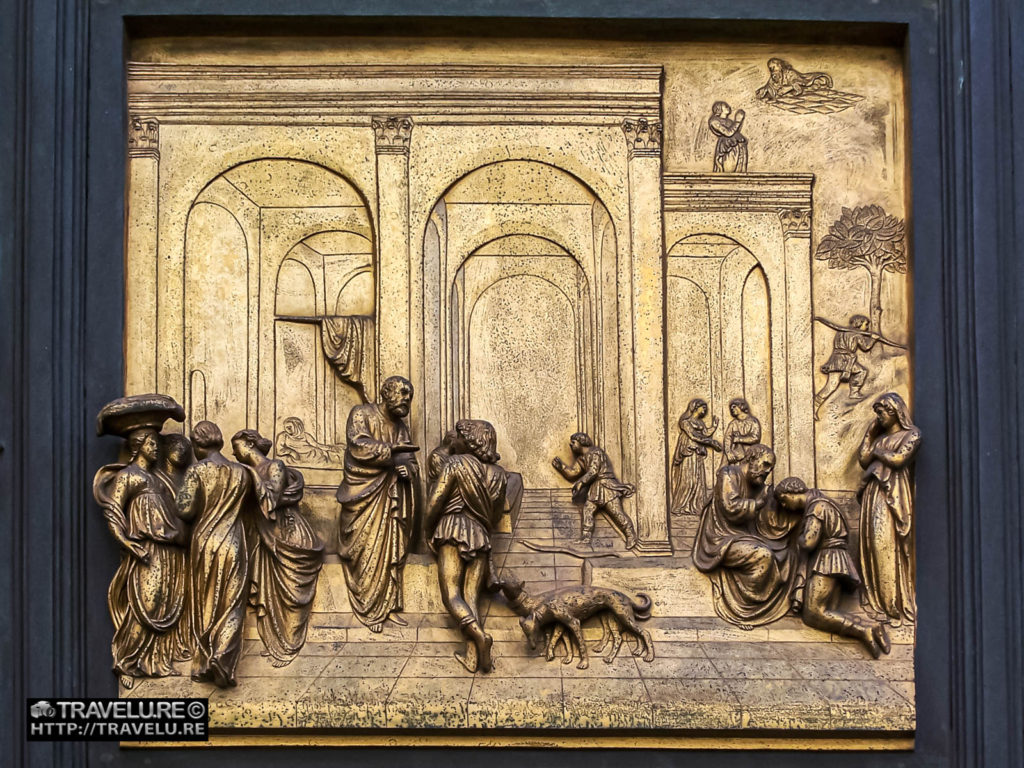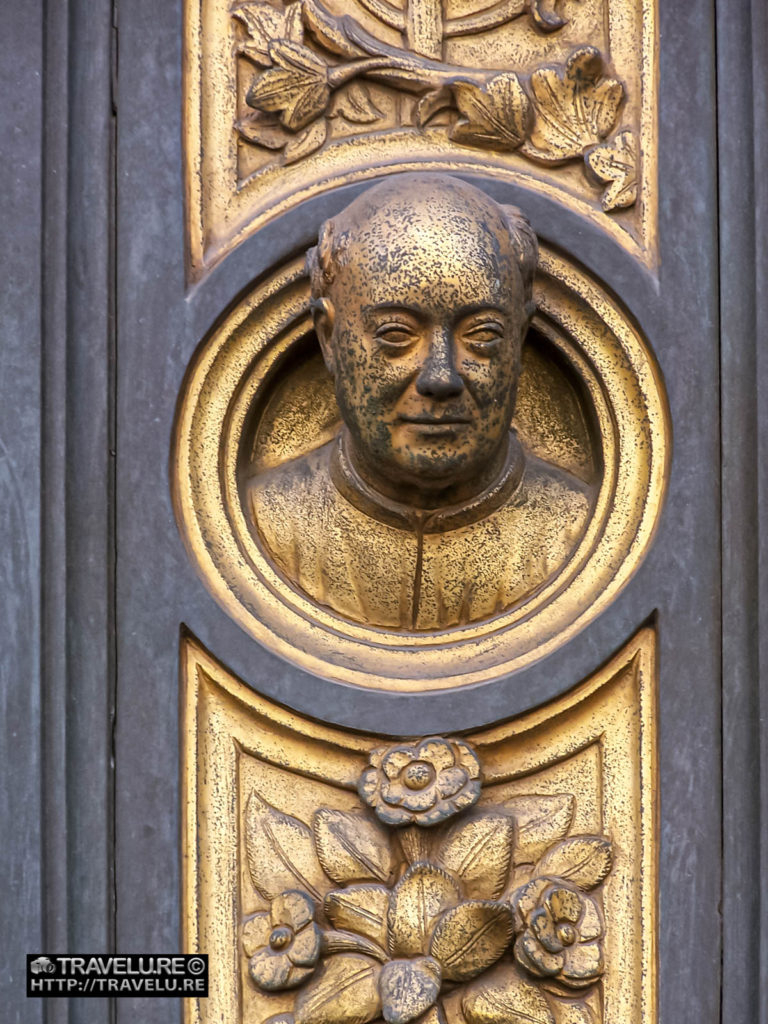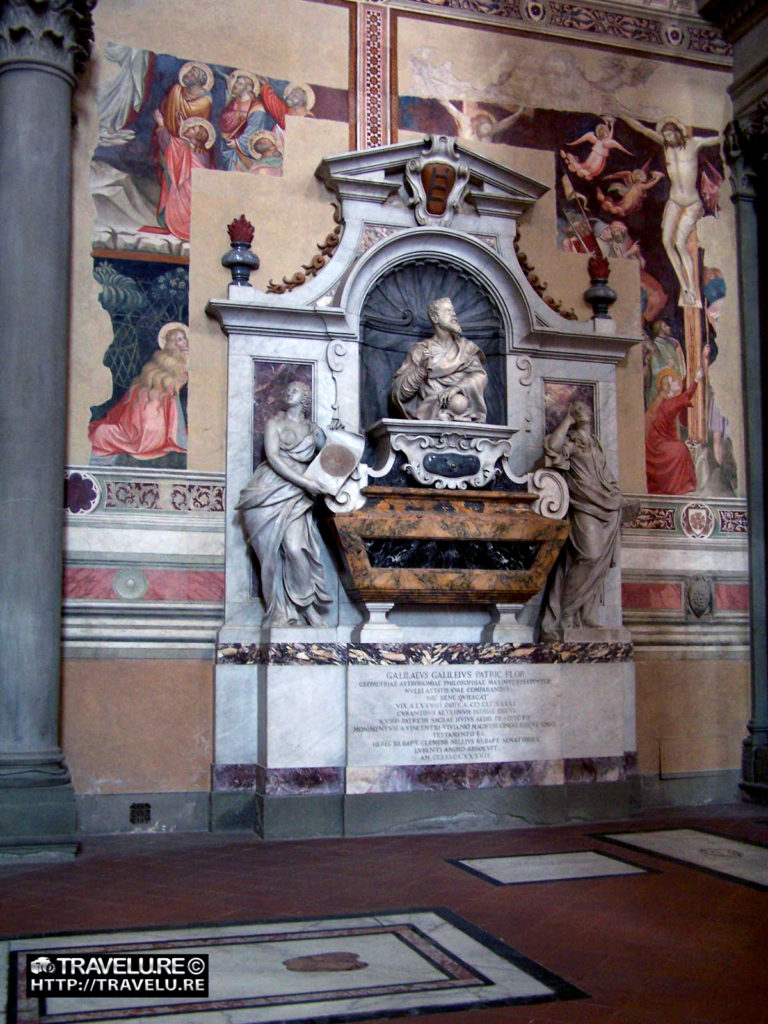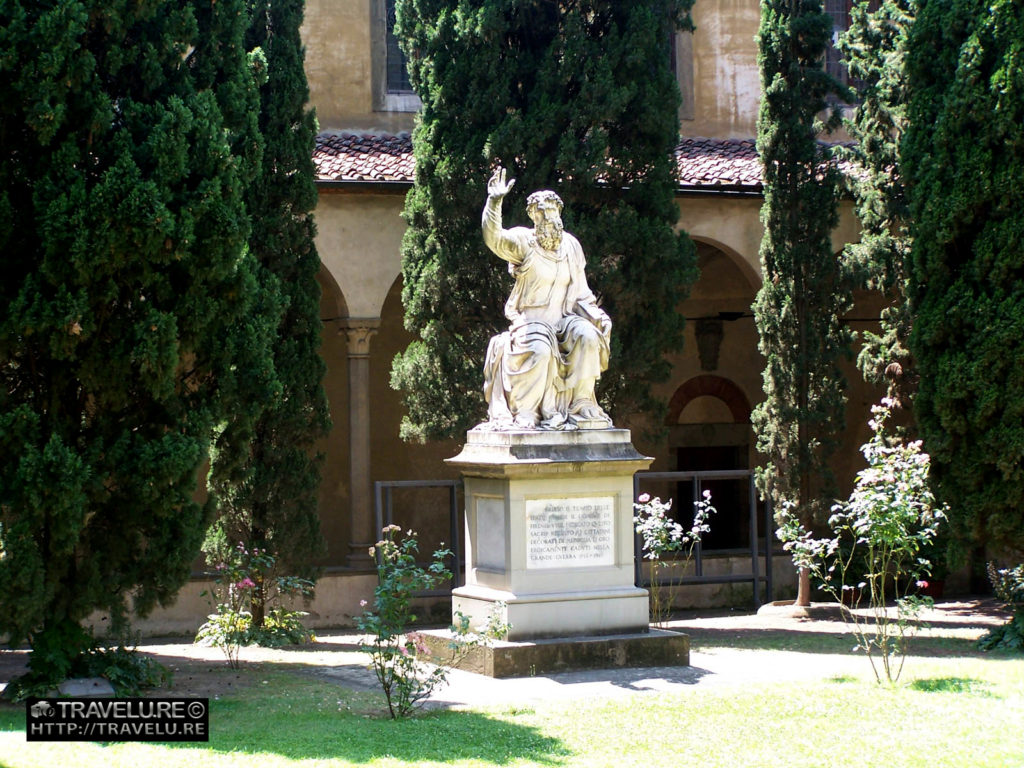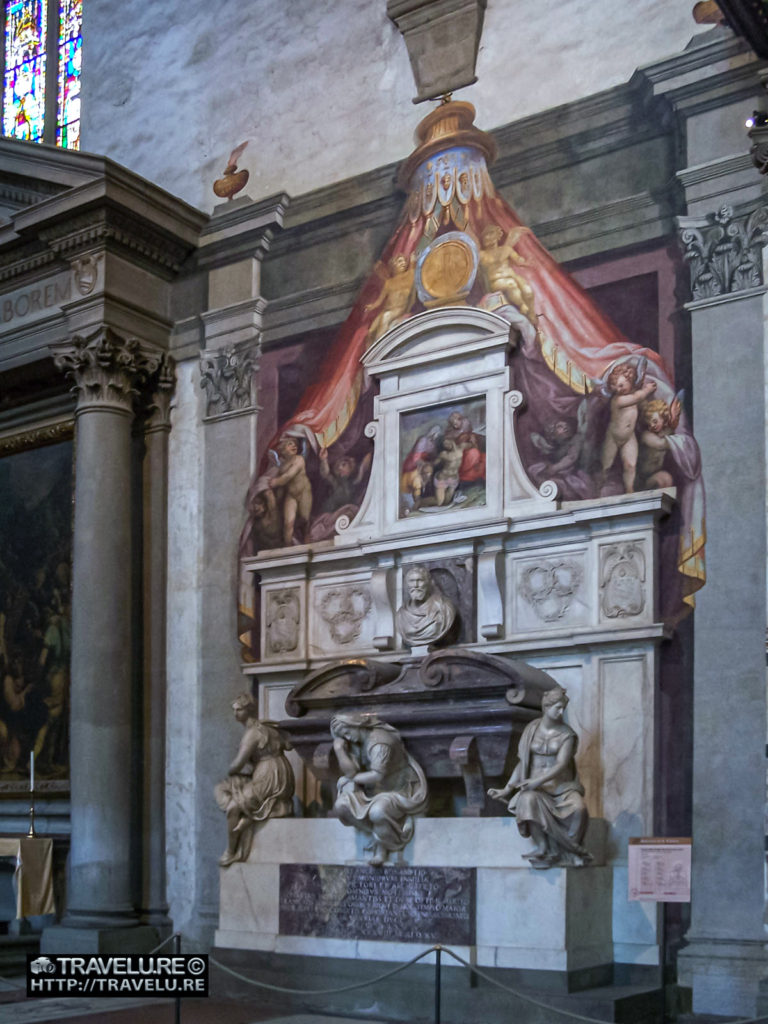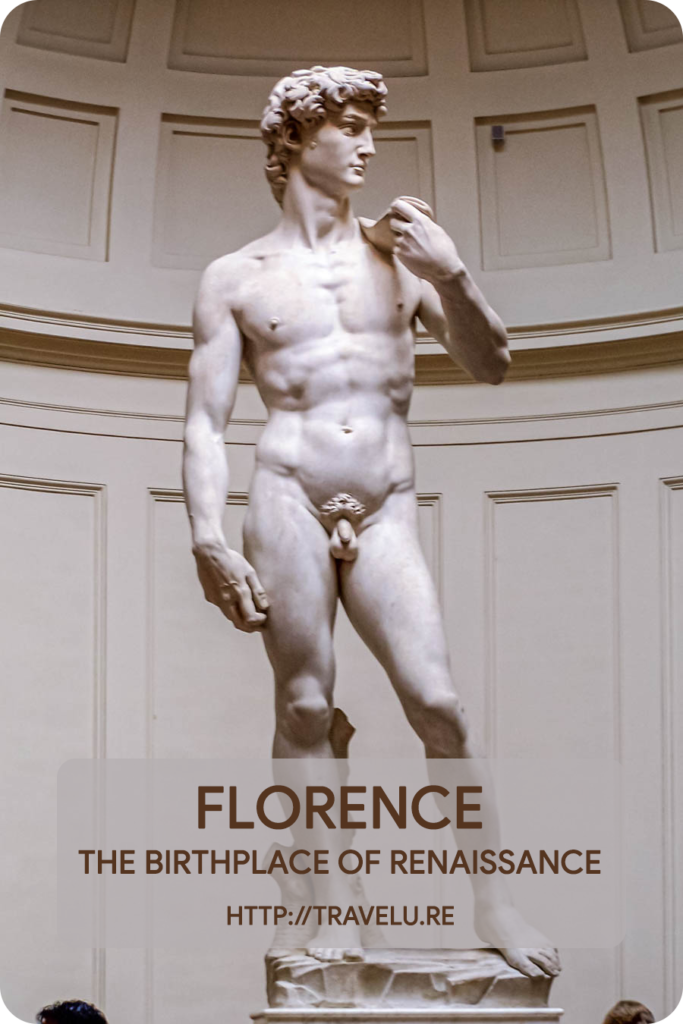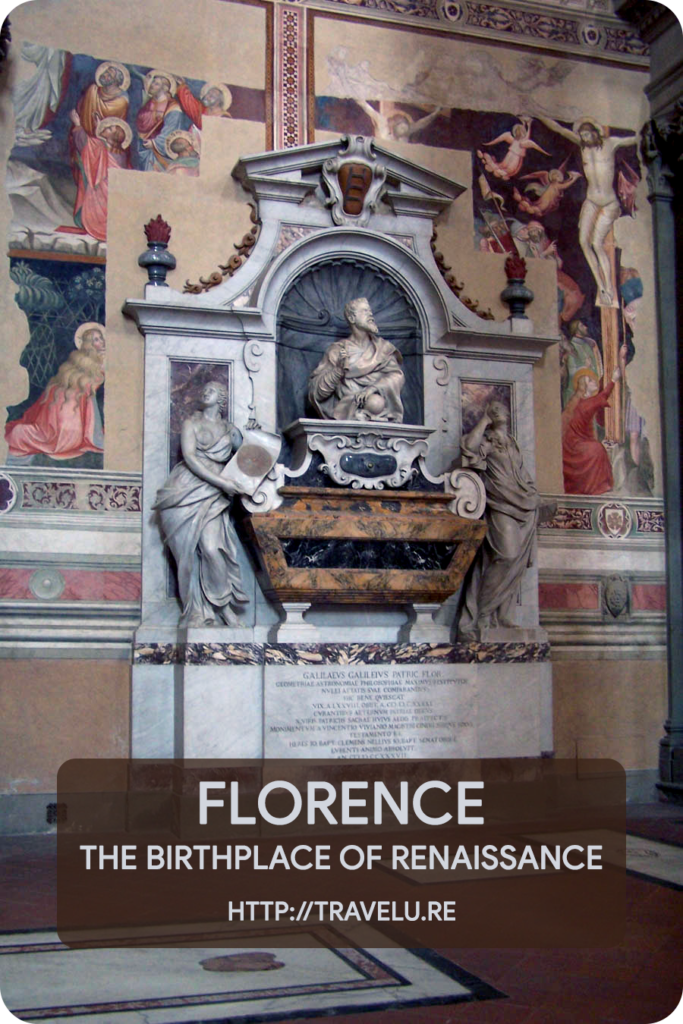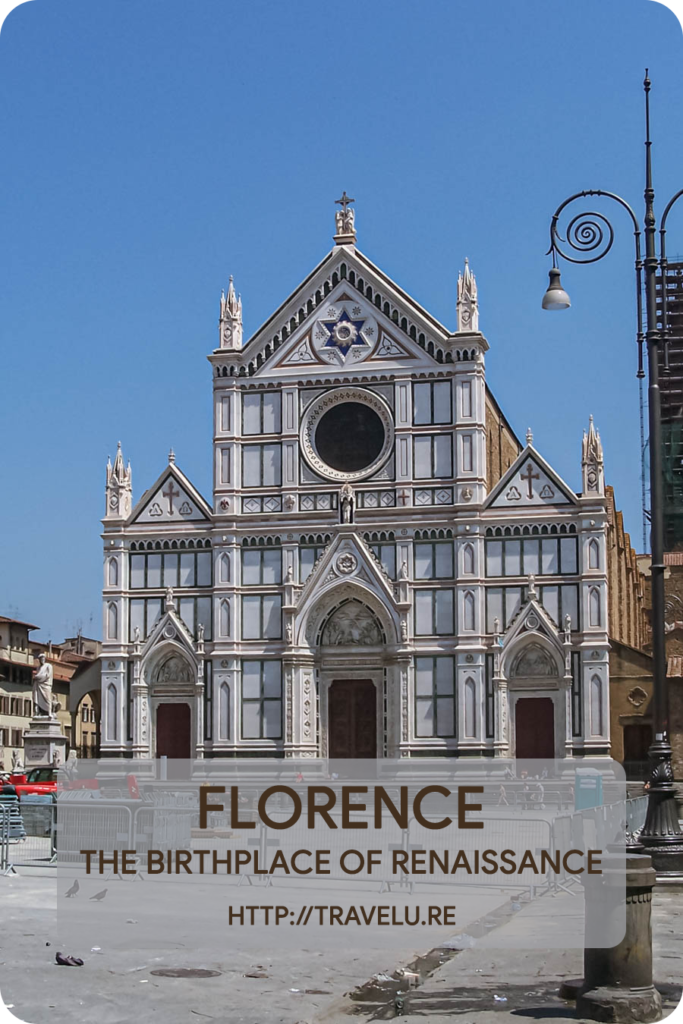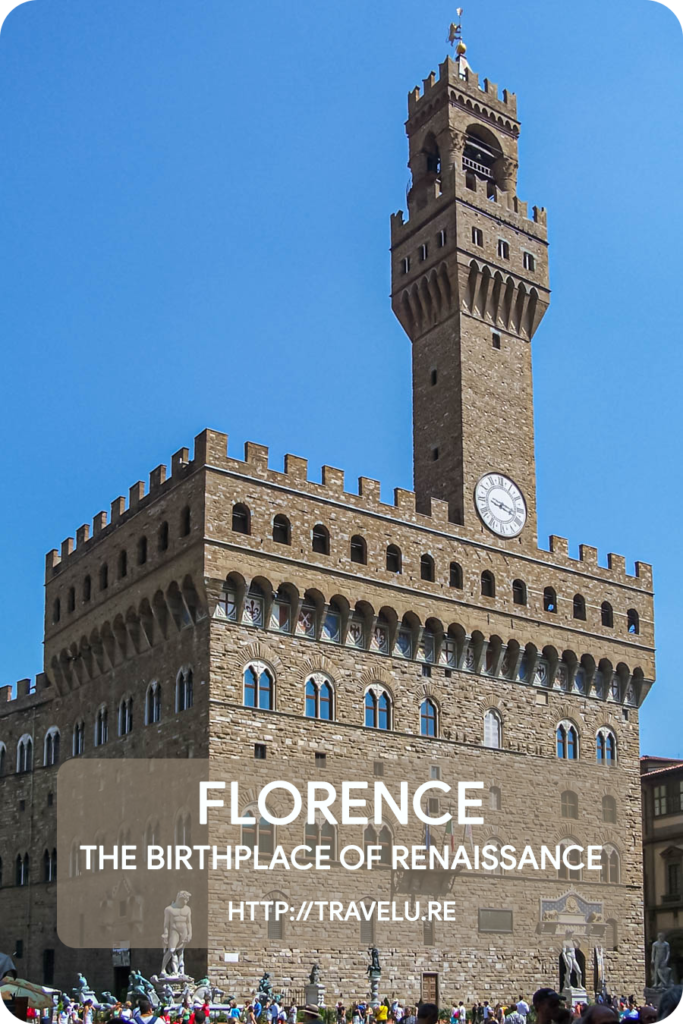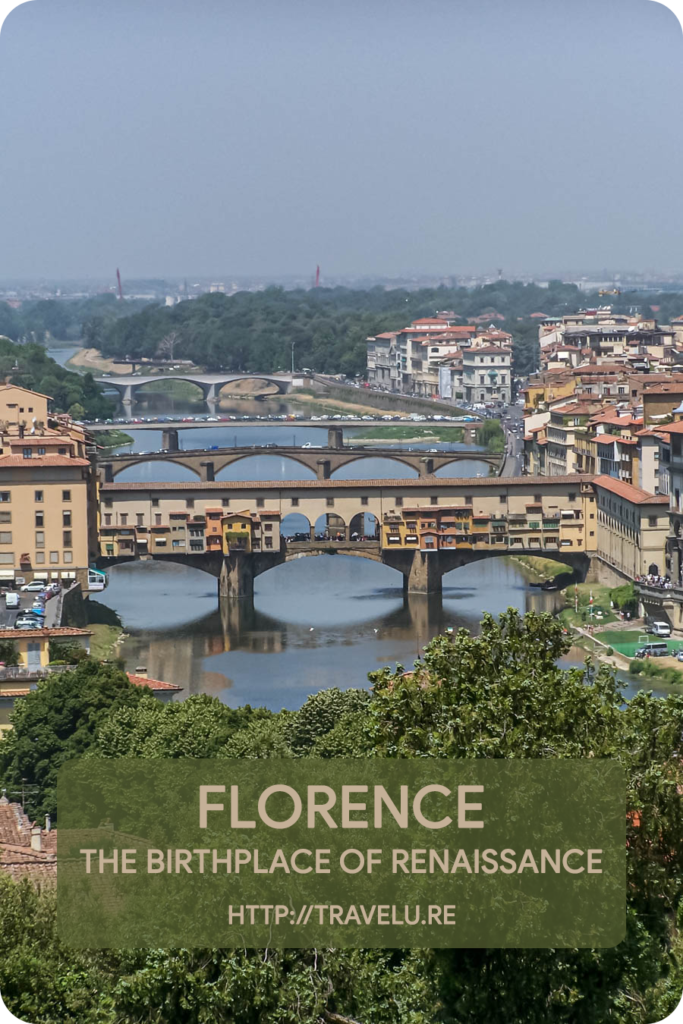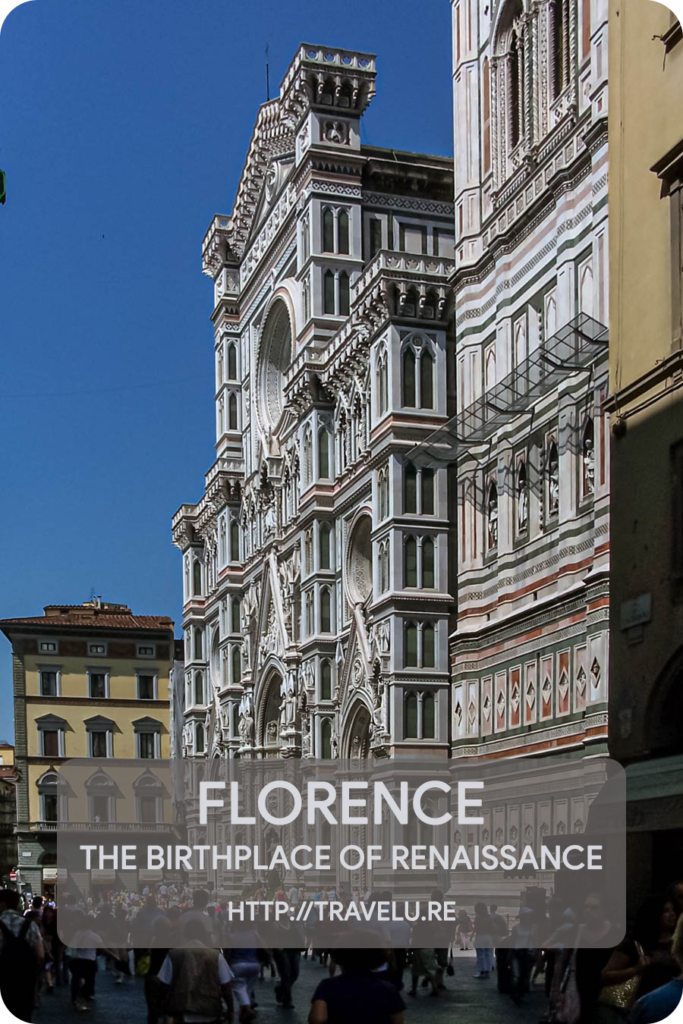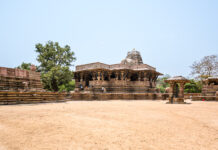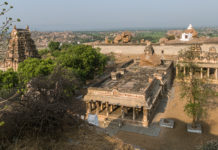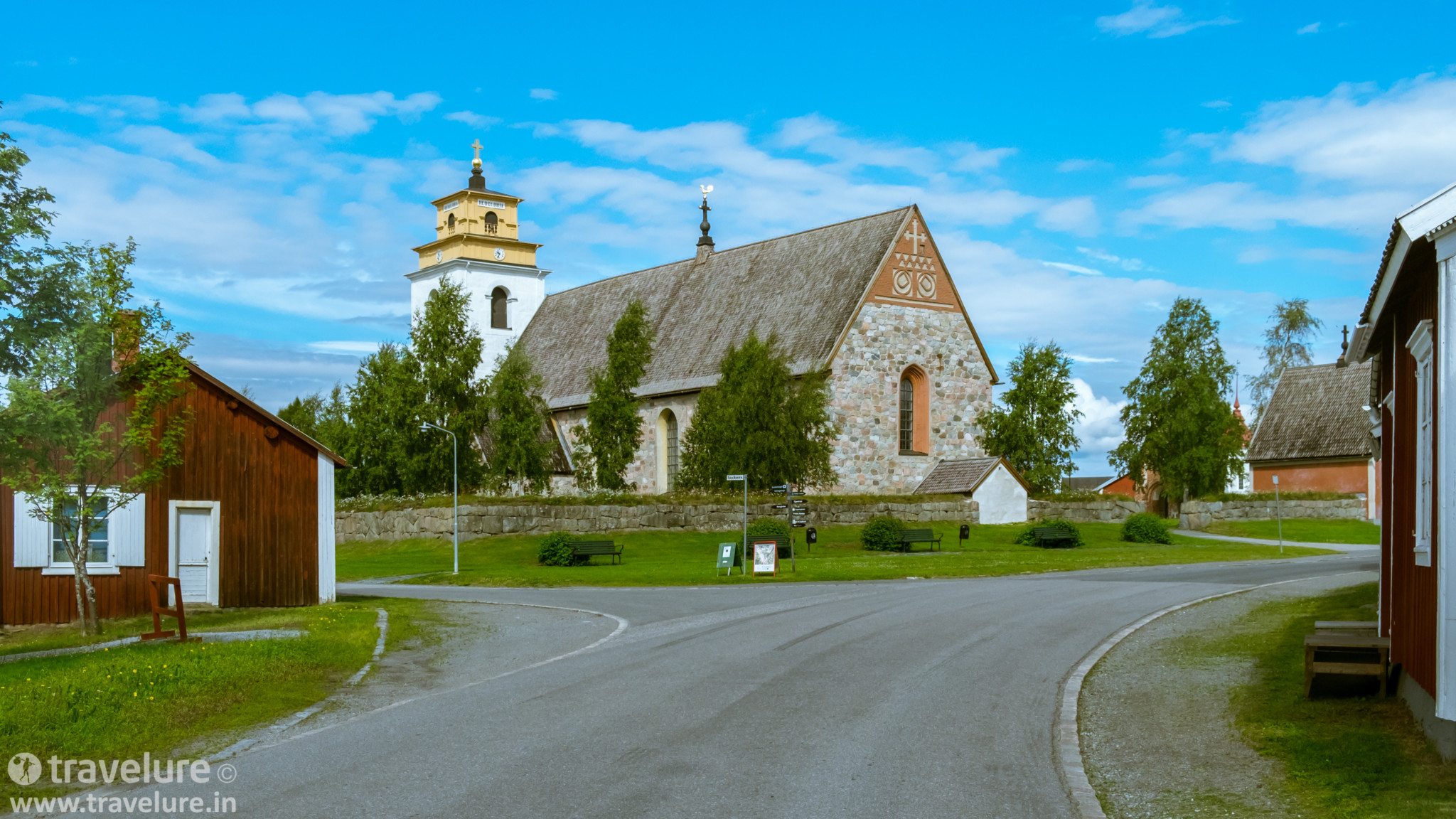Florence – The Birthplace of Renaissance
Florence, the capital of Central Italy’s Tuscany region, lies up north from Rome and the Vatican. Being the centre of medieval European trade and finance, it was the wealthiest city of the time. Touted to be the Athens of the middle ages, they say renaissance was born here.
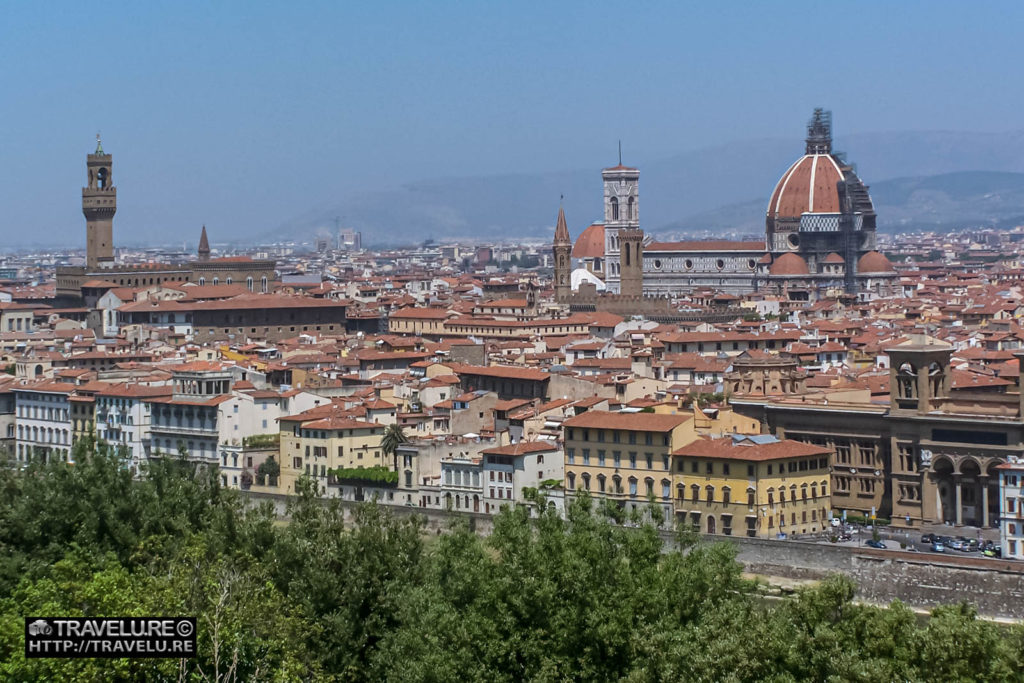
Known for its culture, renaissance arts, architecture, and some of Italy’s landmark national monuments, Florence also features amongst the 15 fashion capitals of the world. Even before UNESCO inscribed its historic centre on the World Heritage Sites’ List, it was a tourist magnet. This attraction has grown manifold over the last few decades. In fact, this city of 382,000 people drew 10.7 million tourists in 2018.
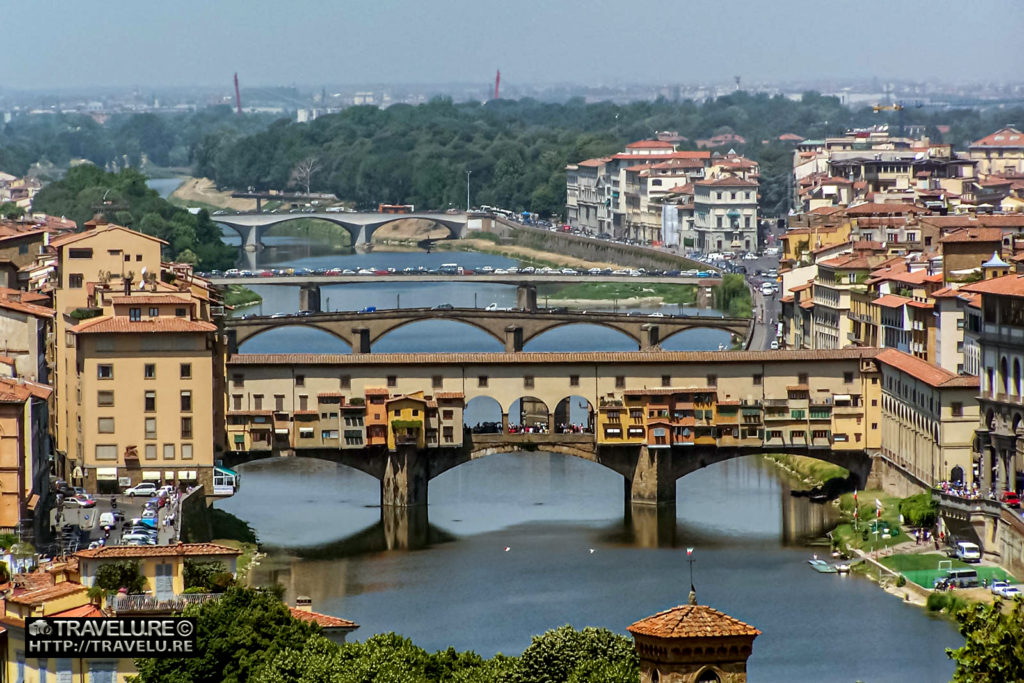
Rivers and Bridges
One major (Arno), three minor rivers (Mugnone, Ema, and Greve), and a few streams flow through Florence. Small wonder the city has some of the most scenic bridges anywhere, including Ponte Vecchio on Arno. Shops line this bridge, as was common practice in those times. Butchers, tanners, and farmers occupied these establishments. But today, Ponte Vecchio plays host to the ultra-luxe high-street shops that sell jewellery, art, and expensive souvenirs.
The Historic City
Julius Caesar established present-day Florence in 59 CE for his veteran soldiers. That explains its initial town planning, styled after an army camp. Its Cardo (a road with north-south orientation) and Decumanus (east-west street) intersect at Piazza Della Repubblica. The cafes here were the meeting place of famous artists and writers.
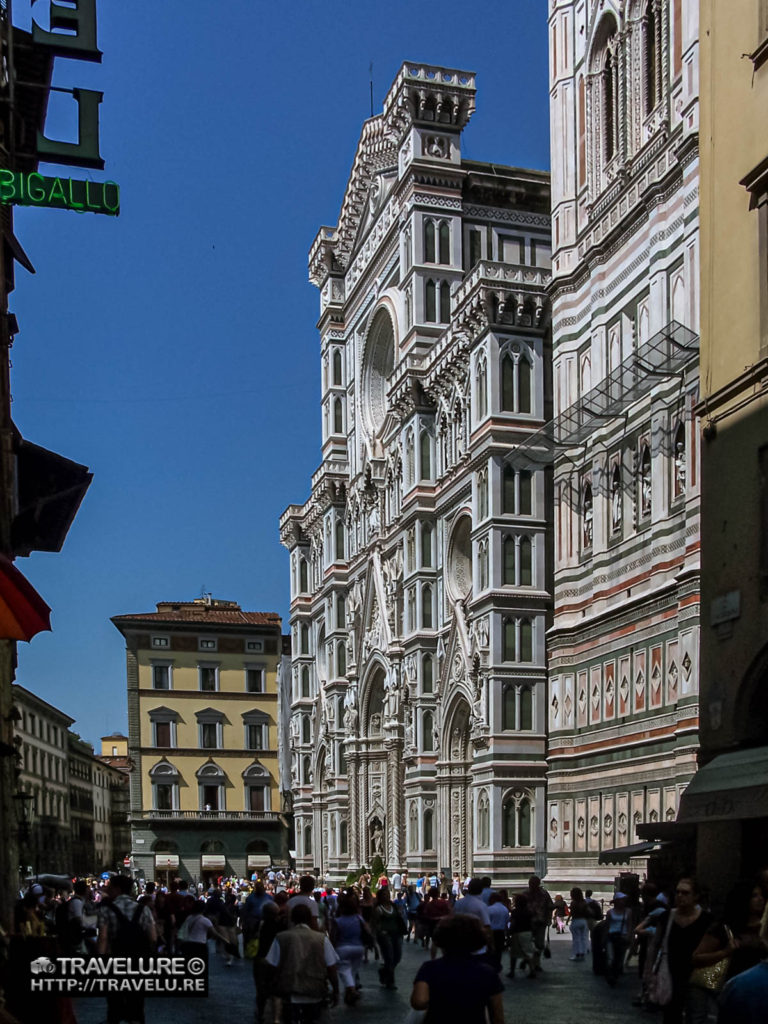
Exquisite statues and period architecture mark the entire historic city, but some specific structures stand out. Palazzo Vecchio (Old Palace), Basilica di Santa Croce (Basilica of the Holy Cross), Complesso di San Firenze (Complex of San Firenze), Cattedrale di Santa Maria del Fiore (The Cathedral of Santa Maria del Fiore), and Galleria dell’Accademia di Firenze (Gallery of the Academy of Florence) are not just pieces of art unto themselves, they also house some stunning masterpieces.
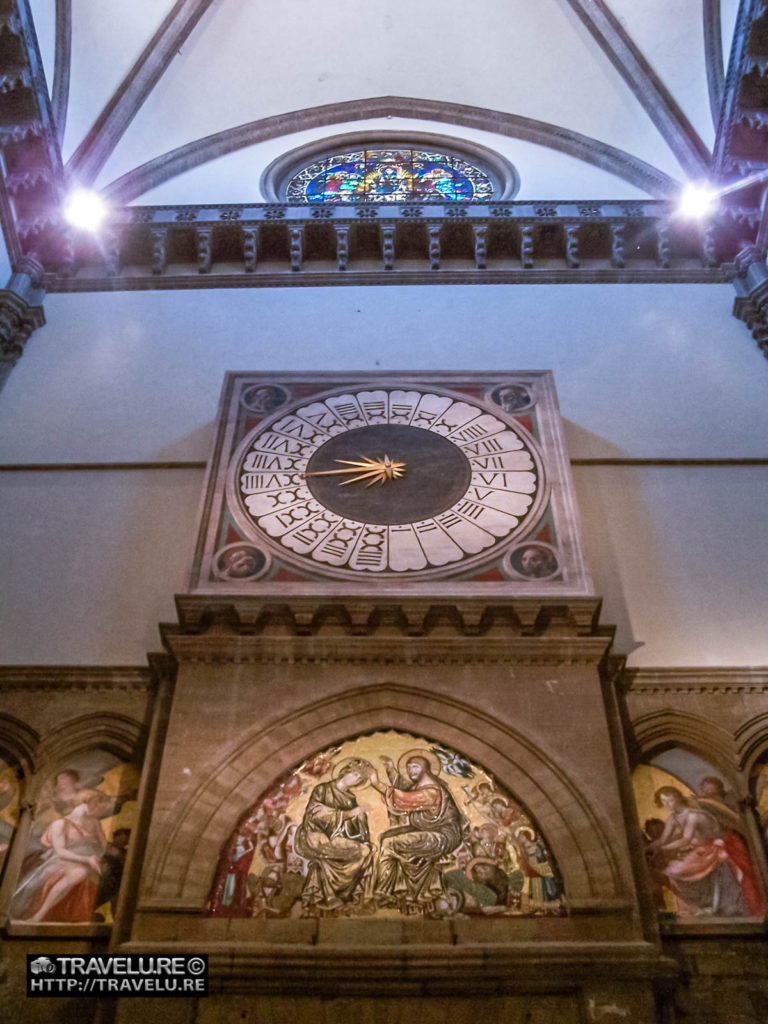
The Architectural Treasures
Palazzo Vecchio, the town hall of Florence, overlooks the Piazza della Signoria, which holds a replica of Michelangelo’s David statue. Close by, the Galleria dell’Accademia di Firenze (Gallery of the Academy of Florence) houses the original.
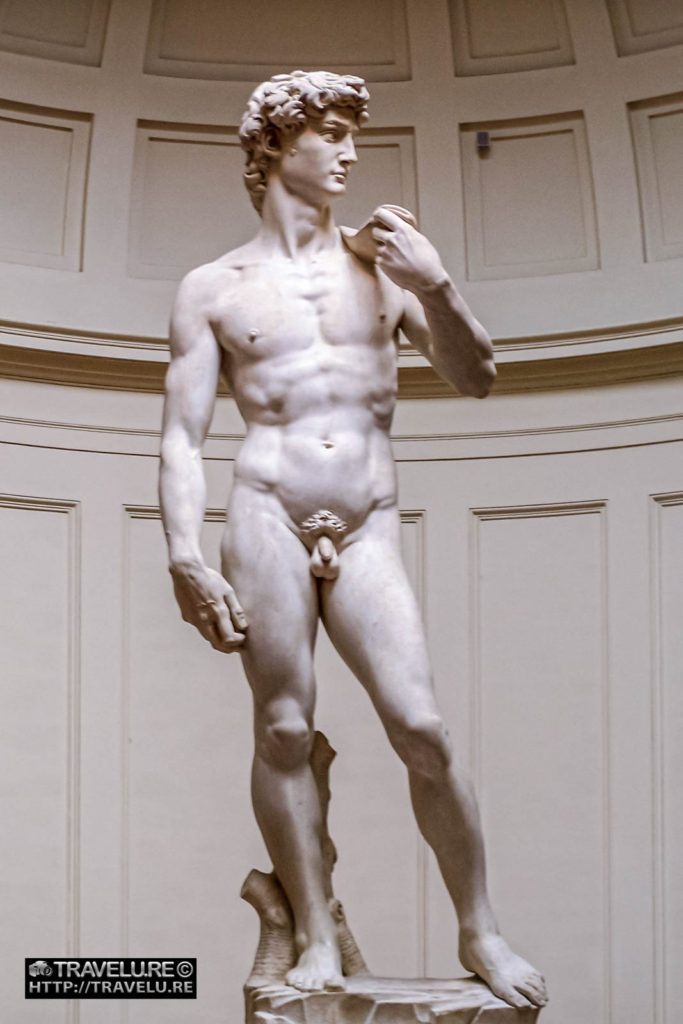
A massive Gothic building with a marble facade, the Cattedrale di Santa Maria del Fiore (The Cathedral of Santa Maria del Fiore) has another name – Duomo di Firenze. Besides other prized artefacts, the cathedral houses a working one-handed 24-hour clock from the mid-fifteenth century showing Italian Time, a period ending with sunset at 24 hours.
Across the street from the cathedral is the Gates of Paradise, a pair of gilded bronze doors. The sculptor Lorenzo Ghiberti created them for the Baptistery of San Giovanni in Florence. Each door comprises 5 bas-relief panels depicting scenes from the Old Testament. On a sly, Ghiberti had slid in his own bas relief as his signature!
Complesso di San Firenze (Complex of San Firenze) is a 17th-century building commissioned by the Oratorians of Saint Philip Neri. This building comprises a palace, a church, and a former oratory. Some stunning statues line its roofline, including Ivliani Serragli.
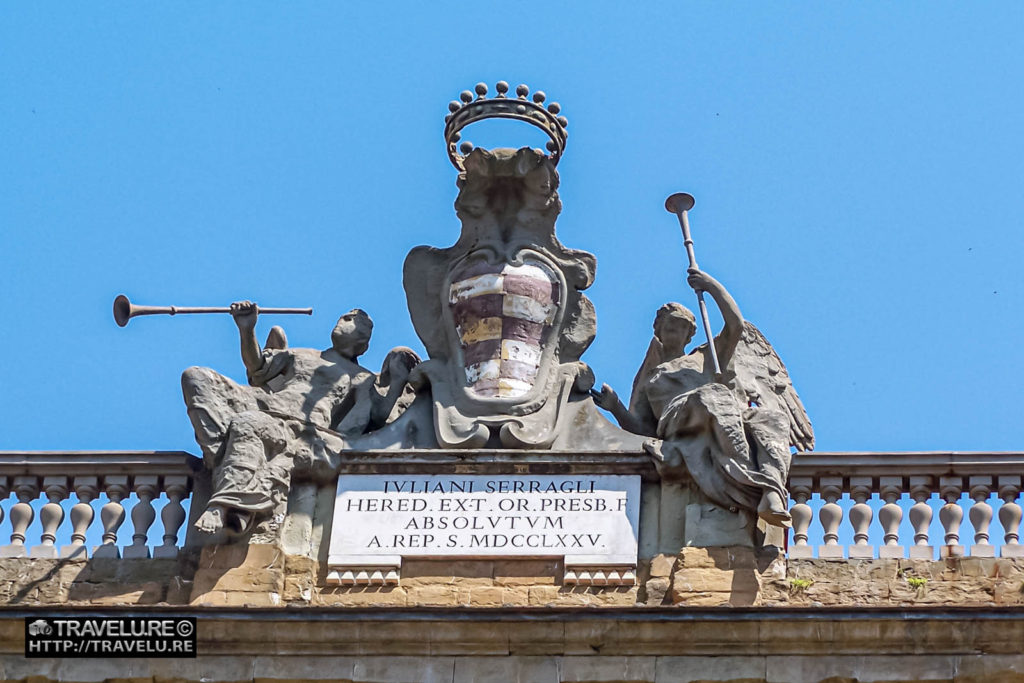
Basilica di Santa Croce (Basilica of the Holy Cross)
This splendid gem deserves a separate mention. Not just for being the largest Franciscan church in the world comprising sixteen chapels, but for being the Westminster Abbey of Italy. The tombs and cenotaphs of many illustrious Italians like Michelangelo, Machiavelli, Fermi, Rossini, Galileo, Aristotle, Dante, Marconi, etc. line its walls and grounds.
In a massive piazza named after it, they built it in the early 15th-century. Like the Duomo, even this is a Gothic structure, leaning more towards Neo-Gothic. While the cenotaphs within have some gorgeous sculptures and bas reliefs, the basilica makes an austere statement typical of Franciscans.
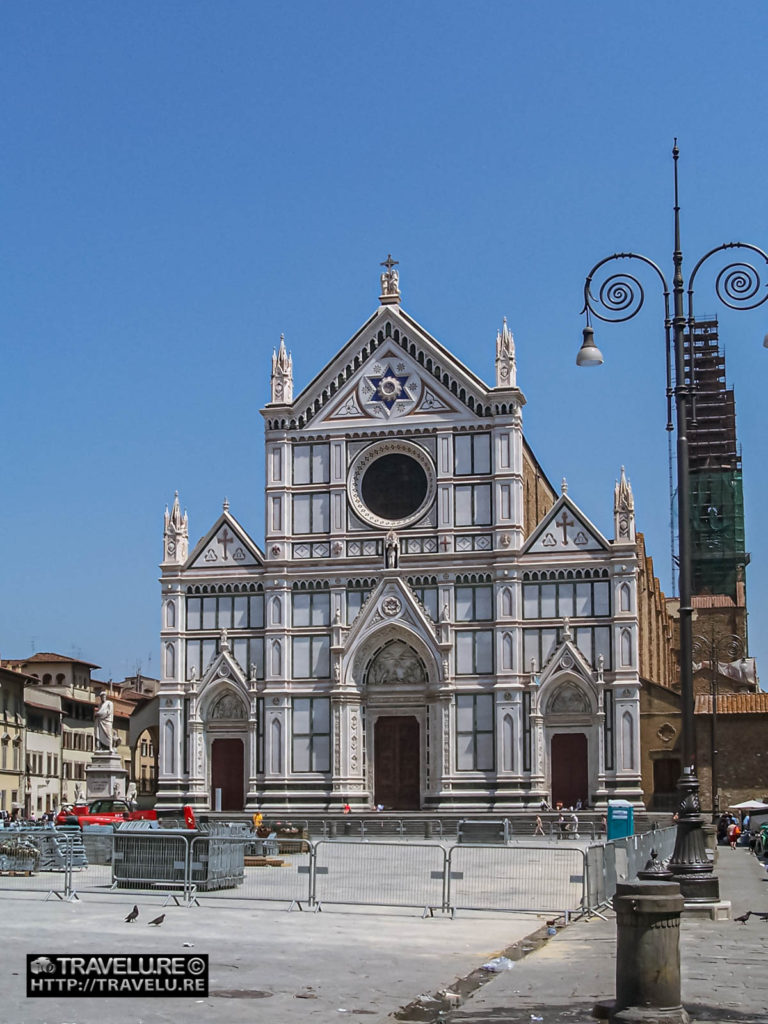
Florence has more. A lot more. Keep walking around this historic district, and at every turn, you will make an eye-popping discovery. Even walking the same route will throw up newer surprises you would have missed during your first or even second walk. If you are the literary sort, you’ll very well remember Dan Brown’s work, Inferno. A major part of it takes place in Florence and a walk down the route taken by Professor Langdon will leave you asking for more. Once you tire yourself out, settle down in one of the roadside cafes, get a local artist to make your portrait as you sip on some smooth Tuscan wine.
Don’t vacillate! Let the city reopen for tourists after the pandemic gets under control and plan a trip. Next week, I will take you south of Rome to a place where the living got buried.

